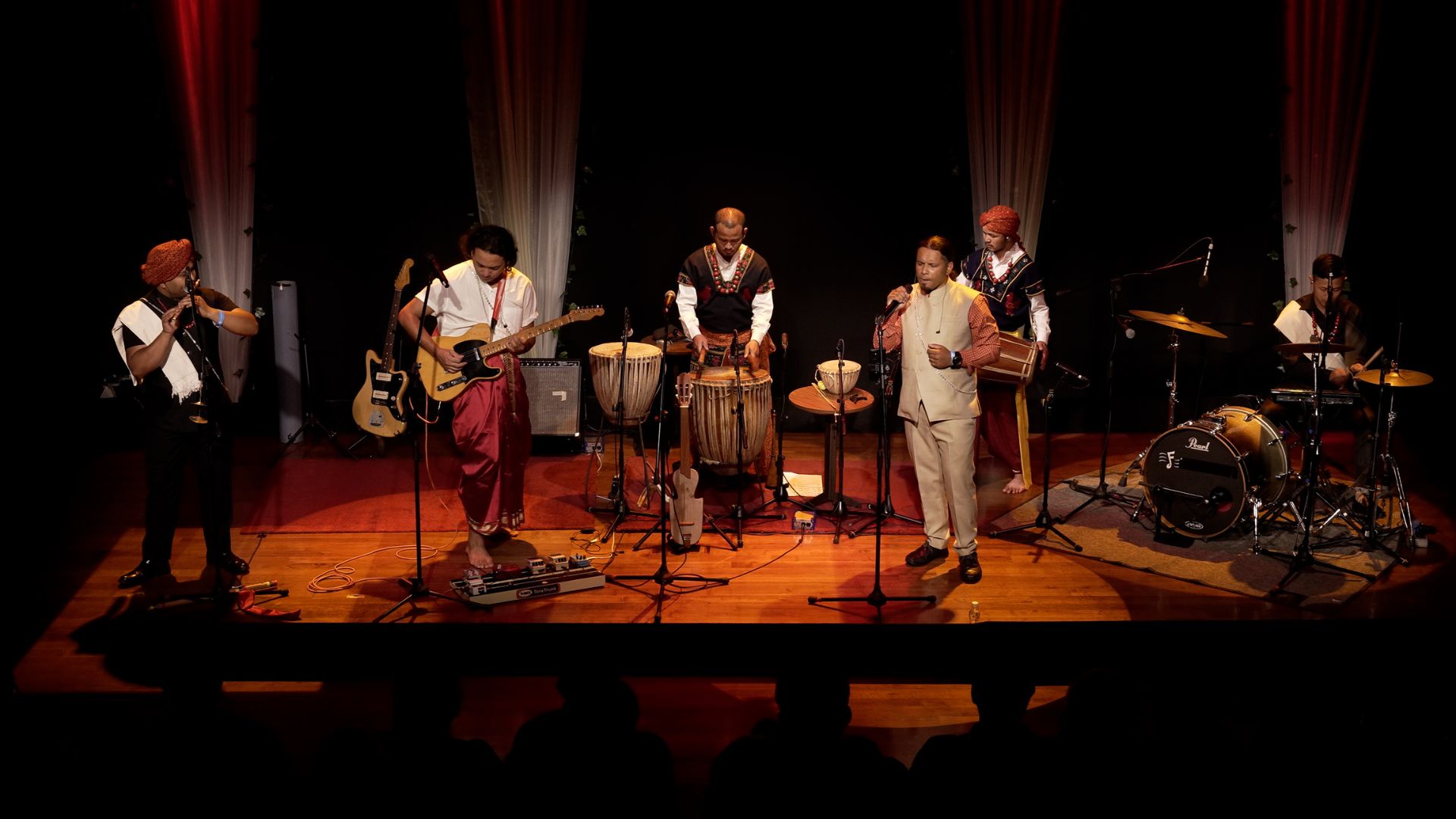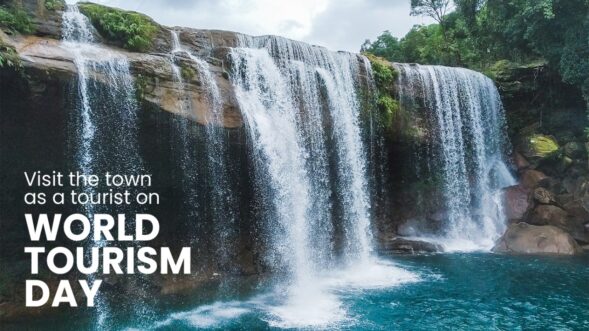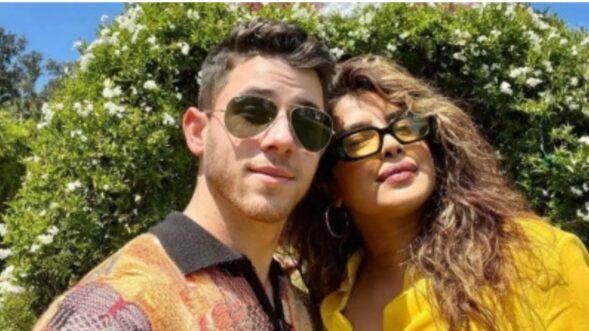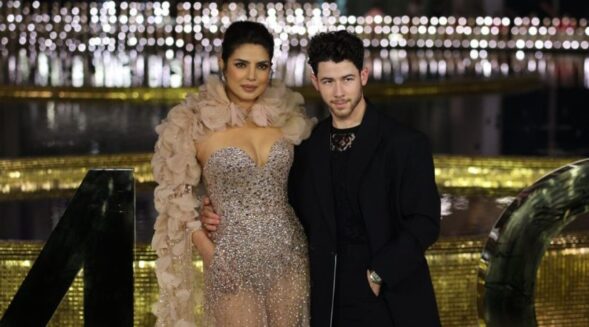
By Adity Choudhury
“At the celebratory dance of all Creation, vile suspicions were cast at the Sun and her brother, the Moon. In shock and anguish, she fled to the cave, Krem Lamet Latang. Darkness prevailed once more.”
With these words, the flute echoes as clouds change hue in Ka Mei Syiem Sngi (Mother Sun), the latest song of the Shillong-based band, Da Minot. Translated, the band name means, “To persevere”.
Bringing Khasi songs, visuals, melodies, stories and wisdom of the Ka Bri U Hynniewtrep (Land of the Seven Huts) to the fore, their popularity is on the rise. They draw their inspiration from Ki Khanatang or the sacred stories of the Khasis and the unique rhythms of the community.
The founding members are Hamarsing L. Kharhmar, Priyo Laloo, Dajied Kharkongor, Marwan Rymbai and Meban Ramsun.
The video of their latest release is intriguing, shot in black and white (B&W) by filmmaker, Sankirang L. Khongwir. The wisdom of age and the vitality of youth, perhaps, come together as men and women (young and old) gather round the fireplace while the collective sings, using traditional and Western musical instruments.
Stories always contain layered perspectives; meanings evolve. In the ancient times, Mother Sun fled to a cave. How would one interpret the story now? The song is introspective; listeners find solace in the lyrics at a time when darkness engulfs the human spirit. Can a cave represent our inner world, a constant dance between light and shadows?
The opening verse feels like a prayer. In English, it reads:
‘The darkness without end
Weighs down upon us
Fears have entered
Where do we run to now?
Confusion breeds chaos
Amidst the suffering
How will peace be found?
Come back, Come back
O Mother Sun…’
Shot at the Monolith Park in Nartiang, the Mawbynna (stone monoliths) stands tall as night gives way to morning… a nod to the rooster’s journey.
Da Minot aims to explore the sounds ‘that have resonated since times immemorial’, creating new versions of the ‘timeless beats and melodies’.

HUMBLE BEGINNINGS
The band was formed in 2020. In the words of Kharhmar, ‘I returned from the US in 2018 and decided to be here permanently. As a musician, I wanted to go deep in Khasi music, whose rhythms I love.’
A Lajong match proved to be life-changing. While watching the match, he began composing tunes to the beat of the drums that was being played that day. On inquiring about the drummers, he found out they were a group called Da Thymmei (With Roots), the band of Dajied (Kharkongor).
“Da Thymmei is a much older band, although they are younger than me. I wanted to meet them. Around that time, I came across another band, Rikune, a Jaintia folk music band,” he added.
They met at his parents’ house in Mawprem. They formed a band called Neon. After two years of releasing music, he met Priyo Laloo, who became the vocalist of Da Minot.
As they travelled around the Khasi-Jaintia Hills, they realized they wanted to share the sacred stories and not just the music. Their first video was about U Lum Sohpetbneng, the origin story of the Khasis.
“Our philosophy is to build songs on these unique rhythms and present them in a way that echoes their universal essence. We want to grow from the foundation that is already there to sing about the deep spirituality within these stories and way of life. That is how Da Minot was born. We have a talented filmmaker, Sankirang L. Khongwir, who directed our videos,” Kharhmar said.
A DIFFERENT BEAT
They strive to be contemporary, talking about the past in the context of the present, including the ways in which stories will resonate in the future.
“These stories and rhythms have been passed down to us from generations. There are variations to the stories yet the message is always the same. I often ask myself about the origins of our unique sounds. The video of Ka Mei Syiem Sngi aims to capture this timelessness… that this story is and will always be relevant. We look like we are in the past, yet multiple universes coexist in the video,” he said.
That the Khasi worldview is different is also noted from their reverence to the Mother Sun. In most cultures, the sun is viewed as a masculine figure as ‘Father Sun’.
The conversation steered around the subject of their latest song, albeit controversial (thematically) for some. Kharhmar does not necessarily agree. “Certain insinuations were made and lies were spread. If you ask me, I find a lesson there. That there is more than meets the eye should one dig deeper and unearth the truth.”
Musically, he doesn’t want Da Minot to be just about the guitar or Western tunes. “It is about intertwining with our Khasi rhythms in a very natural, organic manner. Fusion should be about working together cohesively where traditional instruments should be given justice. The sphere of art from this region then becomes wider and more identifiable.”
Take Lakyrsiew (Live instrumental version), for instance. Translated, the term means, ‘Awoken’. While he plays the guitar, Kharkongor accompanies him on the ‘Ksing Kynthei’, one of the Khasi drums.
The music captures the moody landscape of the hills, starting out as a soft meandering only to reach a crescendo, where the drum takes centre stage. The notes get conversational as if the instruments are talking to each other and to listeners. As it ends, the instrumental feels like two friends walking home.
The short description on YouTube mentions, “This instrumental version shows us searching, exploring, improvising over the foundation of a hypnotic and exciting Khasi traditional rhythm known as ‘Nalai’. It is one of the seven rhythms (Hynniew Skit) played in the spring dance festival ‘Shad Suk Mynsiem’ (Dance of Peaceful Hearts) held yearly across the Khasi Hills.”
THE WAY AHEAD
Da Minot will carve a unique path in the coming years. Like the rhythm embedded in the rocks, rivers, and the hills, the band represents hope for the future. All is not lost! It’s the warrior’s call of Hoi Kiew in their song, I’U Khyndai. In the words of Kharhmar, “Music is the best way to communicate. It creates space for a hopeful future.”






